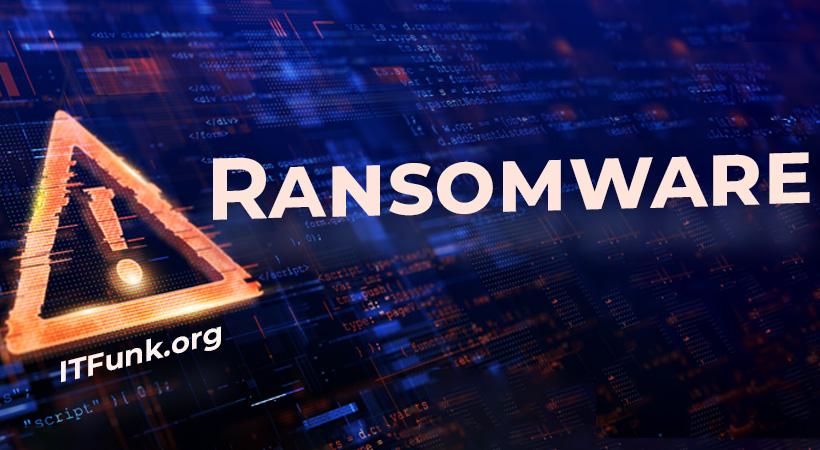Within the landscape of cyber threats, one particularly menacing entity emerges—GREEDYFATHER, a potent ransomware-type program that strikes fear and wreaks havoc among computer users. Operating on a devious premise, this insidious malware systematically encrypts files, appending a distinct “.GREEDYFATHER” extension to filenames, rendering them entirely inaccessible. Victims find themselves trapped in a harrowing situation where their valuable data is held hostage, and retrieval is contingent upon paying a ransom for decryption.
GREEDYFATHER Ransomware: Impact and Consequences
The actions of GREEDYFATHER unfold with a calculated encryption strategy that transforms files into inaccessible entities, marked by the addition of the “.GREEDYFATHER” extension. Subsequently, victims encounter a ransom note, aptly named “GREEDYFATHER.txt,” outlining the possibility of data recovery upon meeting the attackers’ demands. However, history cautions against yielding to ransom demands as payment often fails to guarantee file restoration. Instead, it perpetuates this illegal activity while offering no assurance of retrieving the encrypted data.
Infection and Propagation Mechanisms
Ransomware, including GREEDYFATHER, infiltrates systems through deceptive means. Cybercriminals leverage phishing tactics, social engineering, and deceptive downloads to disseminate malicious files. These files, masquerading as legitimate software or bundled with innocuous files, trigger the malware’s download and installation chain upon execution.
Similar Threats
Within the ransomware domain, GREEDYFATHER finds companionship among other threats like Turtle, Ljaz, Ljuy, BuLock, Hhuy, and Fun. These nefarious entities operate similarly, encrypting files and demanding ransom for decryption. While their encryption methods and ransom demands may differ, their malicious intent remains resolutely consistent.
Removal Guide for GREEDYFATHER Ransomware
Step 1: Isolate Infected Devices
- Disconnect infected devices from networks and external storage to prevent further spread.
- Restrict access to other devices on the same network to contain the infection.
Step 2: Use Reputable Antivirus Software
- Employ reputable antivirus or antimalware software.
- Initiate a full system scan to detect and remove GREEDYFATHER and associated malware.
Step 3: Backup Verification
- Verify the integrity of existing backups stored in secure, isolated locations.
- Ensure backups are up to date to facilitate data recovery without yielding to ransom demands.
Step 4: Data Recovery and Restoration
- Restore encrypted files from verified backups stored in different locations.
- Avoid utilizing decryption tools offered by attackers, as they might be unreliable or malicious.
Best Practices for Prevention
- Regular Backups: Maintain multiple backups stored in diverse locations to safeguard against data loss.
- Vigilance in Downloads: Exercise caution when downloading files, especially from suspicious or untrusted sources.
- Email Security: Be wary of email attachments, especially those prompting action (e.g., enabling macros) to avoid malicious payloads.
- Software Updates: Keep operating systems and software up to date with the latest security patches.
- Security Software: Utilize robust security software with real-time protection and malware detection features.
Conclusion
In conclusion, GREEDYFATHER epitomizes the perilous nature of ransomware, holding files hostage and coercing victims into paying a ransom for decryption. Swift removal actions, regular backups, and cautious browsing habits stand as pillars of defense against such malicious threats, ensuring data safety and fostering a secure computing environment.





